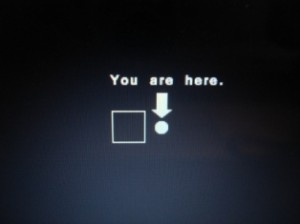How can teachers achieve a balance in the classroom between compliant students and those who are inactive, or too active, in the class? Teachers have the difficult task of taking the energies from a slew of different kids and making an atmosphere that harnesses learning for each student. Can a teacher take the chaotic energy from a rambunctious student and help an under-spoken student come out of his shell? Every student naturally brings their gifts, whether it be creativity, problem-solving, a positive attitude, or peacekeeping abilities to the classroom. How can these skills be assets instead of liabilities?
An outgoing student may need to learn how to channel her energy, while the quiet student needs to find how to express himself. A classroom is a great atmosphere for the student to be challenged, to take risks, get creative, and think outside of the box. School doesn’t always have to be about following rules and standards. School can be a place which encourages unique strengths, provides safety for introverts to expand and interact and creates boundaries for the overly energetic and talkative to calm down and focus.
At Ellis High School in Austin Minnesota, the whole school is thinking outside the box — in a different direction. Teachers no longer have parent-teacher conferences to discuss how a student turned their homework in late, was tardy to class, or didn’t raise their hand. Rather, teachers can only discuss specific skills the student isn’t grasping, changing the emphasis from having mastered their social skills to the emphasis that they need to master a subject. This mirrors the performance review process in the world of work. What did you accomplish? What was the quality? What was the contribution? Could social problems be erased when the emphasis shifts to academic success and a quality track record? Would students be better prepared in the short run in school and in the long run in the world of work?










